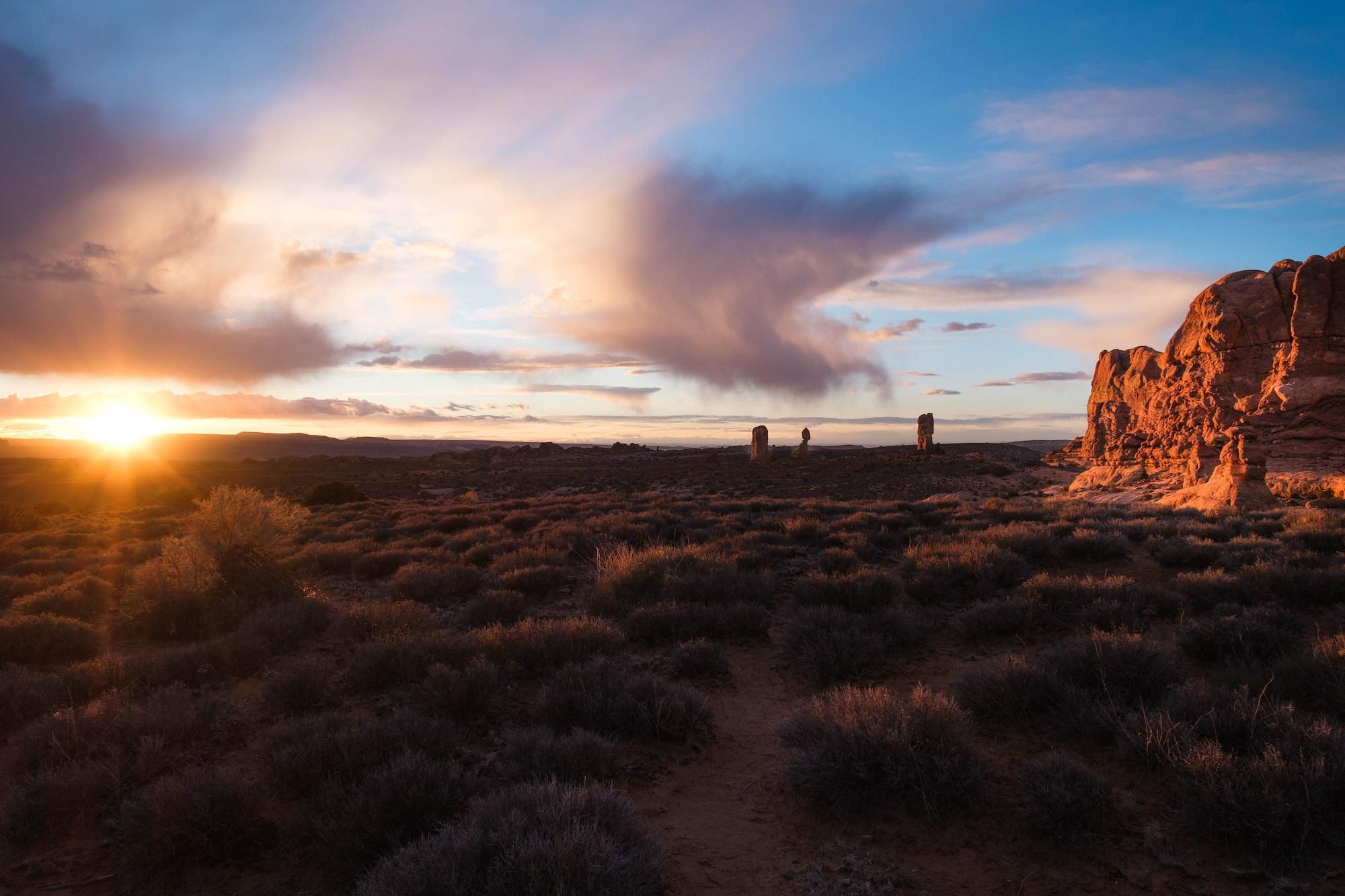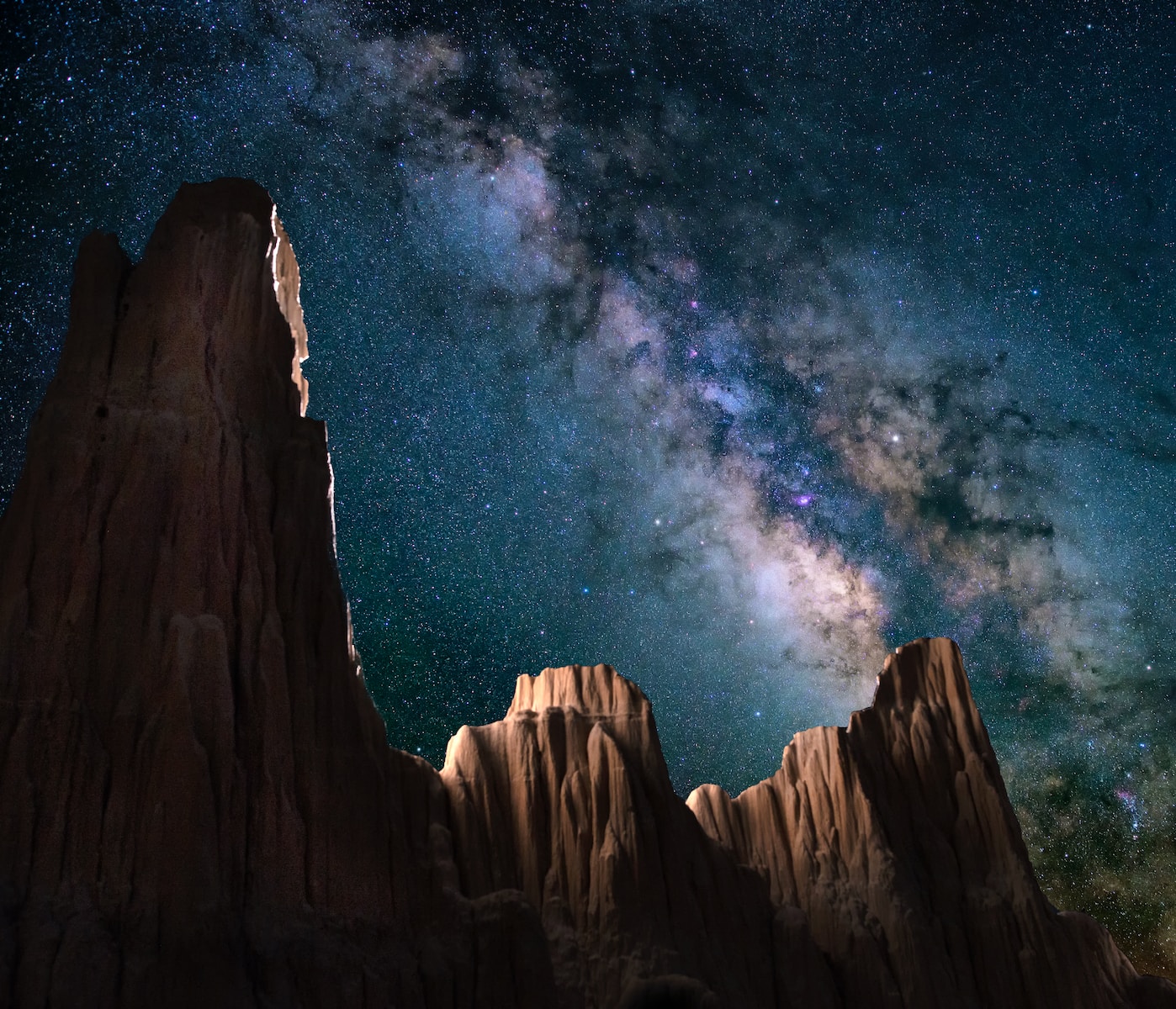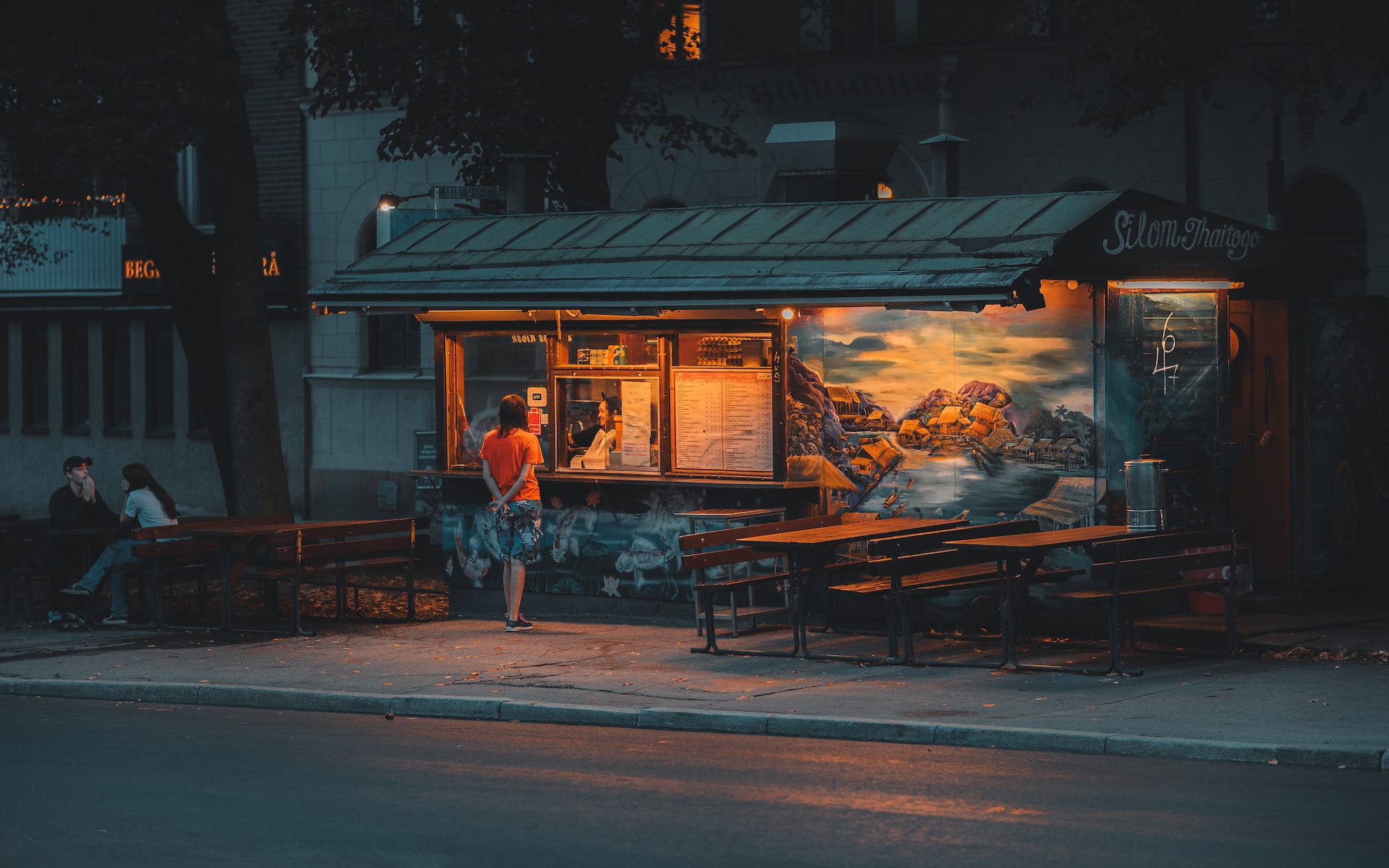Landscape photography is a captivating art form that has the ability to transport us to some of the most beautiful places on earth. Whether you are a seasoned photographer or a beginner, capturing stunning landscapes requires skill, patience, and a keen eye for detail. In this blog article, we will discuss some of the most important techniques for capturing breathtaking landscapes, including tips for choosing the right location, composition, and exposure settings.
Choosing the Right Location
One of the most important elements of landscape photography is choosing the right location. The right location can make or break a photograph, so it’s important to choose carefully. When looking for a location, consider the following factors:
- Lighting: The best time to shoot landscapes is during the golden hours, which are the hours just after sunrise and just before sunset. During these hours, the light is soft and warm, which can add depth and dimension to your photographs.
- Weather: The weather can have a huge impact on your photographs, so it’s important to choose a location that offers interesting weather patterns. For example, a stormy sky can create drama and mood, while a clear blue sky can create a more peaceful and serene atmosphere.
- Composition: Look for locations that offer interesting compositional elements, such as leading lines, contrasting textures, and patterns.
- Accessibility: Choose a location that is easy to access and that won’t require a lot of hiking or climbing unless you are prepared to do so. Keep in mind that the best locations are often the hardest to get to.
Composition
Once you’ve chosen the right location, it’s time to start thinking about composition. Composition is the arrangement of elements within a photograph and is one of the most important elements of landscape photography. Here are some tips for creating interesting compositions:
- Rule of Thirds: The rule of thirds is a simple composition technique that involves dividing your photograph into thirds both horizontally and vertically, and then placing your subject at one of the intersections of these lines. This creates a balanced and visually pleasing composition.
- Leading Lines: Leading lines are lines that draw the viewer’s eye into the photograph. Look for natural lines such as roads, rivers, or fences, and use them to lead the viewer’s eye through the photograph.
- Framing: Framing involves using elements within the photograph to frame the subject. For example, you could use trees or rocks to frame a mountain or lake in the background.
- Depth: Creating a sense of depth is important in landscape photography. Use foreground elements such as rocks or flowers to create depth and a sense of scale.
Exposure Settings
Exposure is the amount of light that enters the camera when you take a photograph. Getting the exposure right is critical in landscape photography. Here are some tips for getting the right exposure:
- Use a tripod: A tripod is essential in landscape photography as it allows you to use slower shutter speeds without the risk of camera shake. This can be particularly important during the golden hours when the light is low.
- Use the correct ISO: The ISO determines the sensitivity of the camera’s sensor to light. A lower ISO is best for landscape photography as it reduces noise in the image.
- Use the correct aperture: The aperture determines the amount of light that enters the camera. A smaller aperture (larger f-number) will give you a greater depth of field, while a larger aperture (smaller f-number) will give you a shallow depth of field.
- Use the correct shutter speed: The shutter speed determines how long the camera’s sensor is exposed to light. A slower shutter speed will allow more light to enter the camera, but will also increase the risk of camera shake.
In conclusion, landscape photography is a beautiful art form that requires a combination of technical skill and artistic vision. By choosing the right location, composing your shots effectively, and using the correct exposure settings, you can create stunning landscapes that will capture the beauty and wonder of the natural world. Remember to be patient, take your time, and experiment with different techniques to find the style that works best for you.
Additionally, there are other tips and techniques that can help you create truly breathtaking landscapes. One of these is using filters. Polarizing filters can be used to reduce glare and enhance the colors in the sky and water. Neutral density filters can be used to reduce the amount of light that enters the camera, allowing you to use slower shutter speeds and create stunning effects such as motion blur in waterfalls.
Another technique is using HDR (High Dynamic Range) photography. HDR involves taking multiple photographs at different exposure levels and then combining them into a single image. This technique can be particularly useful in situations where the dynamic range of the scene is too high for the camera to capture in a single exposure, such as when shooting a sunset or sunrise.
Ultimately, the key to capturing stunning landscapes is to be creative, experiment, and have fun. Don’t be afraid to try new things and push the boundaries of what is possible. With practice and patience, you can create photographs that are not only beautiful but also meaningful and inspiring. So, grab your camera, head out into the great outdoors, and start exploring the beauty of the natural world through the lens of your camera.





